My church is closing, and I don’t know what comes next — for me, or America
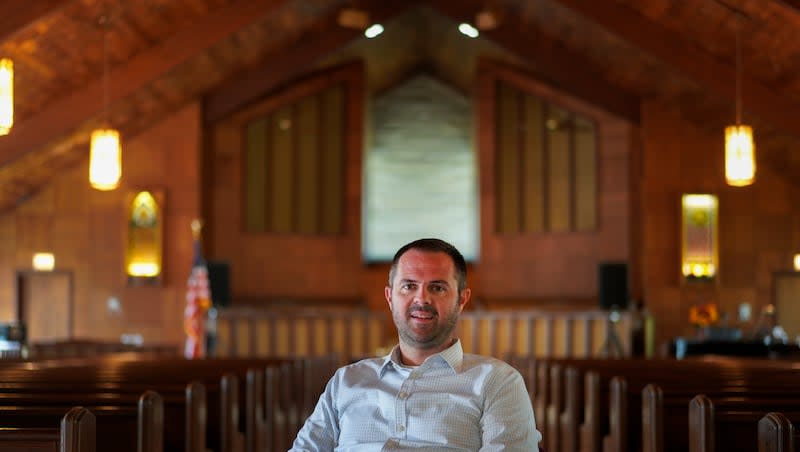
How do you get rid of a pulpit? Or a communion table?
Does anyone want 30-year-old choir robes?
What do you do with the baptismal records of a church that dates back to the 1860s?
I never thought I would be asking myself these questions, but here I am, like many other pastors across the country as the number of Americans who belong to a faith community shrinks and churches that once housed vibrant congregations close.
What’s happened at my own church is especially poignant since in my day job I research trends in American religion. And when I first became a pastor, right out of college, there were ominous signs, but I did not foresee how quickly the end would come, hastened by a pandemic.
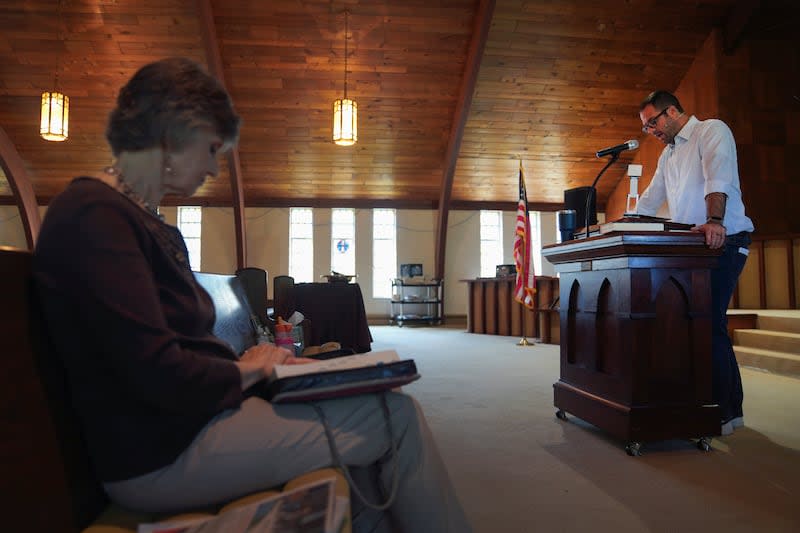
I first took the pulpit of First Baptist Church of Mount Vernon, Illinois, in the fall of 2006. The church was a part of the American Baptist denomination, a mainline tradition that welcomed women into leadership and tended to take a more moderate stance on theological and social issues. I was 24 years old, pursuing a master’s degree in political science, and I needed a job that would give me the flexibility to focus on my studies. It seemed like a good fit at the time, both theologically and logistically, although it was inconceivable to me then that I would still hold the same position into my early 40s.
I preached in a sanctuary that could easily accommodate 300 people. That first year or two, I could count about 50 people scattered around the pews. It felt sparse, but not empty — a relief, since I wasn’t the most credentialed pastor in the history of the church. As an undergraduate, I took a couple of classes that focused on theology and ministry, but that was it. I did my best to not say something heretical during my Sunday sermon. What I lacked in education and experience, I was sure I could make up with enthusiasm. There’s an apocryphal quote from John Wesley, the founder of Methodism, that I thought about often in those first couple of years: “Light yourself on fire with passion, and people will come from miles to watch you burn.”
I tried to light that match every Sunday morning. People didn’t show up.
I don’t know if the members of my congregation thought I was going to be the one who turned around the fortunes of the church, but there was lots of talk of growth in those first few hopeful years. Many faithful members had been sitting in those pews for decades. They had seen the church in its heyday, when there were so many people in Sunday School that they had to install movable dividers in the fellowship hall so they could add more classrooms in the 14,000-square-foot building.
But the church’s membership began to dwindle in the 1970s and 1980s. If you talked to five members of my church about this period of time, you would get five different reasons for the decline: An ill-advised sermon drove off a few key families. Lots of kids who grew up in the church went off to college and didn’t return to rural Illinois because of the lack of employment opportunities. Other churches in town seemed more attractive with their drums, guitars and high-energy worship. Regardless of the cause, the membership of First Baptist dipped below 100 by the late 1990s.
After a couple of years, the discussion about revitalizing the church began to grow quiet. A sense of resignation started to creep in. I came to a disheartening conclusion: I wasn’t going to be able to turn things around. I think at that point most members knew in their hearts that the end was coming for the church. We were just all afraid to speak that truth into existence. It was better to keep our heads down and focus on the next worship service and not worry about what would happen in three or five years.
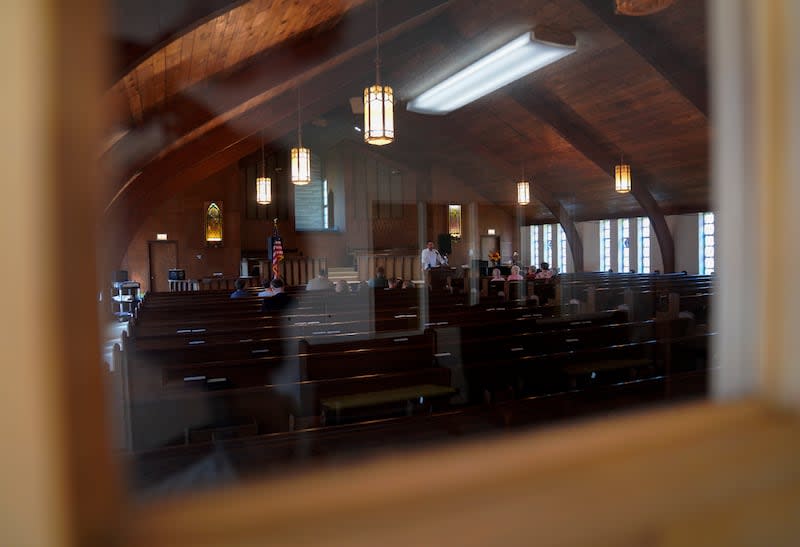
The rise of ‘The Nones’
On one of my first Sundays as pastor, the older adults had invited me to their Sunday School class. We sat around a table with Styrofoam cups of coffee and tried to find common ground across a five-decade generational divide. They were glad to have me, and I was honored that they trusted me enough to be their pastor. About a year ago, I was looking at an old church directory and realized that every person in that classroom back in 2006 had met their eternal reward over the previous 15 years, and I had presided at many of their funerals.
But as my church was dying, my academic career was starting to accelerate. I began to plunge headlong into data about American religion. I had earned a Ph.D. in political science with a dissertation that focused on religion and politics while I held the pulpit at First Baptist, and I had landed a job at a university that was within driving distance of my home base. I could be a professor during the week and pastor on the weekends.
I wrote a couple of academic articles about American religion in an effort to secure my employment in academia, but I didn’t want to produce scholarship that only a dozen or so people in my subfield would read.
So I decided to take the things I was seeing in the data and help the average person understand the changing American religious landscape. I began posting graphs on my Twitter account. Most of them got little attention until I created a simple line graph that traced American religion between 1972 and 2018.
The point was simple: The share of Americans who were nonreligious was now the same size as evangelicals. The post went viral, and the trajectory of my life changed. That graph appeared in nearly every major media outlet in the United States, and it led to me writing a book about the rise of nonreligious Americans, a book entitled “The Nones.”
What I was seeing in the data was unmistakable and mapped perfectly onto what I was seeing every Sunday — mainline Protestant Christianity was in near free fall, and the numbers of nonreligious were rising every single year. Members of the media found my career combination of pastor and social scientist fascinating. I can’t count the number of times I was asked what it was like to have both jobs. My response was a shrug of the shoulders and the simple statement, “It doesn’t seem odd to me. It’s all I’ve ever known.”
Soon, I was being asked to comment on stories about religion and politics for a number of prominent media outlets. Journalists would thank me for helping provide them with ideas for stories. I was being asked to speak in front of crowds of hundreds of people about the past and future of American religion. When I was asked what motivated me to continue to do this kind of work, all I could say was, “I’m just trying to help other people see the big picture in American religion.”
What I was really trying to do was to convince myself that the rapid decline of my church wasn’t my fault.
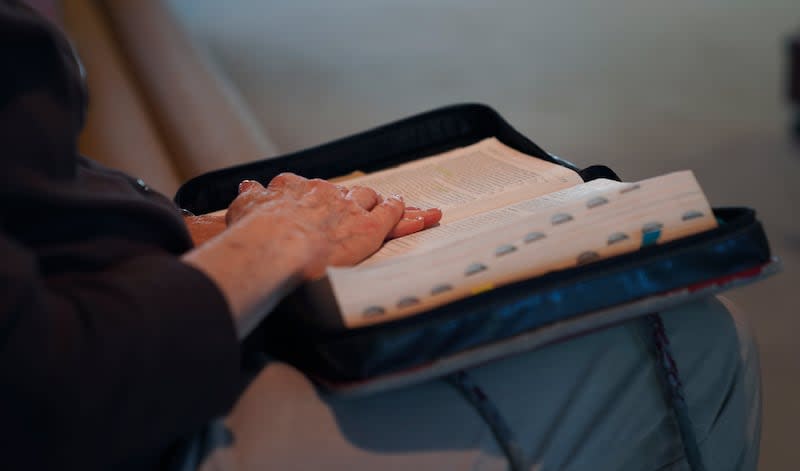
A sense of letting people down
I always had a nagging sense that I was never supposed to be a pastor. That I took the job at First Baptist for the wrong reasons. That I didn’t believe enough. That I didn’t try hard enough. That there was a way to revitalize that little congregation in Mount Vernon, but I just wasn’t willing to do the work to make it happen.
I knew I couldn’t say that part that out loud.
While my online platform was rising and I was being offered a variety of opportunities to speak and write, things were continuing to decline at my little church. I would come from home from speaking at a conference that had a couple hundred in attendance to preach before a nearly empty sanctuary on Sunday morning.
The church members decided that it was best for us to move from that giant space to a large classroom in the education wing of the building. We bought a small sound system and set up chairs around a pulpit at the front of the room. Looking back on that time now, it was my favorite period of pastoring at the church. The room was small enough that it felt intimate. When we sang, it filled up the space. Saying “The Lord’s Prayer” together meant so much more when I could hear 20 voices reciting those same lines back at me in unison.
However, there was a looming problem that I would make mention of in our quarterly business meeting and then move on to other matters — we were running out of money.
The building was huge. It was built to accommodate hundreds of worshippers and dozens of Sunday School classes. Many rooms had not been used in decades. We just didn’t need the space anymore. What had once been a point of pride for the church was now little more than an albatross around our necks. The utility bills in winter were larger than my salary. The 40-year-old boiler that heated the church could stop working at any moment.
So with a tremendous amount of trepidation, we decided to put the building on the market. I clearly remember the day that I had to post the information on social media. I felt so ashamed that we had to publicly announce the fact that we couldn’t afford to keep our church home anymore. There were countless members of First Baptist who had donated their time and their labor to construct that building in the 1960s. They had given over and above their tithe to finance the bricks, the carpet and the pews. I couldn’t get over the feeling that I was letting all of them down. I still can’t.
How to sell a church, 101
There is no handbook for how to sell a church building, and none of us were prepared for how exhausting that process would be. One day, I got a call from a real estate developer who was interested in buying the property. While he never said it outright, and I never asked, I realized that his plans included razing the building and using the property for a subdivision or a commercial opportunity. I told him that I appreciated the interest, but I would only be in contact if we had no other options.
We had about a dozen groups tour the property; most never followed up. In the end, we got one cash offer — for $150,000. The pastor said that God had instructed him that they could go no higher. Our church council politely declined. That sum would have made it virtually impossible for us to move to another facility for any period of time. We were getting desperate.
Then we were thrown a bit of a lifeline. Another church in town had started a private Christian school and quickly outgrown their space. They wanted to take over ownership of the building. The details of the agreement were complicated, but the outcome was fairly straightforward: The school would use the building during the week, but we would have access on the weekends for worship. That’s how we continued to exist over the last five years. We had no building to worry about; we could just gather together on Sundays and try to limp along for as long as we wanted. It felt like we had been granted a divine stay of execution.
For a couple of years, we were fine. We would have two dozen people on a good Sunday, enough to make us feel like we were still a congregation. But every six or eight months, we would lose a key member, then another, then another. That two dozen became 15, then 12, then 10. As attendance dwindled, so did our bank accounts. I didn’t need to put together a statistical model to tell my members when the bank balance was going to hit zero. They could do the math.
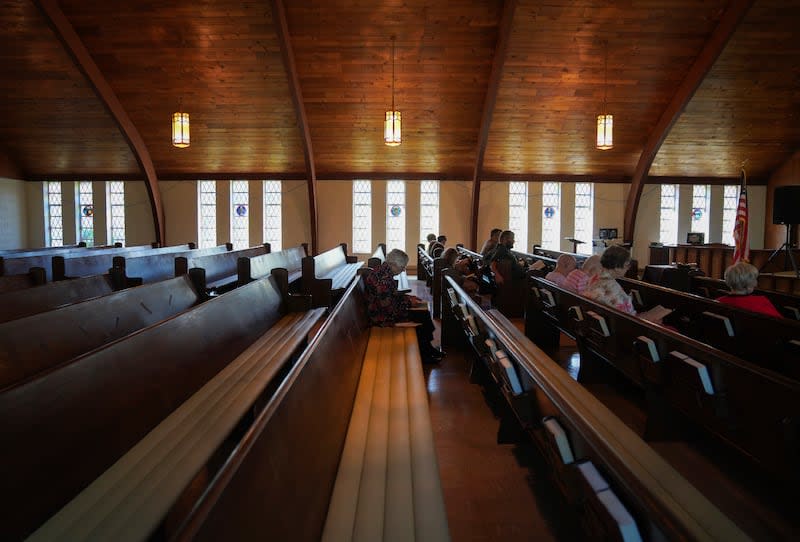
The last Sunday
I’ve heard several people say that organizations die slowly, then all at once. That’s what happened to us.
At the start of the year, we went four Sundays without meeting. Illness ran through our thinning ranks, and one Sunday the wind chill was below zero, and we knew that our folks didn’t want to get out. When we met again in February, things felt different. We were lucky to get to double digits, and any enthusiasm that existed before had seemed to evaporate. It was time to talk about closing.
After Easter, we held a business meeting, one that had been playing out in my mind for a decade or more. The minutes of that meeting are sparse, taking up just a single piece of paper. There was no discussion of whether we should close or not. We just decided on the logistics.
We picked a date: July 21. That would be the last time that the faithful few of First Baptist of Mount Vernon, a church founded by hardscrabble pioneers in 1868, would gather together to worship.
I am having a hard time wrapping my head around the fact that I get asked all the time, by pastors, denominational leaders and interested observers, about ways to grow a church. I guess people assume that since I spend my days digging through religion data, that I should have been able to uncover the secret to getting people back into religion.
It takes everything in my power to not say to them, “My church went from 50 people to less than 10 under my watch. If I knew anything about how to grow a church I would have done it by now.”
But I know where they are coming from because many of them are in the same boat that I was in. They are watching the waves lap over the side of their rickety vessel every day. The bucket to bail out the water is too small to do any good. Still, thousands of pastors are trying to keep the boat seaworthy by any means necessary, even as more cracks begin to emerge in the hull. They sense that they have a hopeless mission, but believe that God has called them to be faithful, not necessarily successful.
Last Sunday, I stood behind the pulpit of First Baptist Church for the last time.
I asked the people gathered there for prayer requests, and we sang “Happy Birthday” to anyone who is celebrating in the coming weeks. We said the Lord’s Prayer and the Apostles’ Creed together and sang a few favorite hymns along with the Doxology and the Gloria Patri. I stumbled through a sermon that will likely be soon forgotten.
Then, after the hymn of invitation, I raised my hand to the congregation and gave them one final benediction from the book of Numbers:
The Lord bless you
and keep you;
the Lord make his face shine on you
and be gracious to you;
the Lord turn his face toward you
and give you peace.
Then I told them once more, “Go in peace to love and serve your neighbors.” I know that I may never see some of those people ever again.
I walked out those doors into the blinding heat of a summer day in southern Illinois and stepped into a future where I don’t know where I will go to church next Sunday, or even if I want to go. Frankly, I don’t know if my own faith will survive, and I’m not sure if the church in America will be there for the next generation like it was for me.
And I’m terrified because for the first time in my spiritual life, I don’t know what’s next.
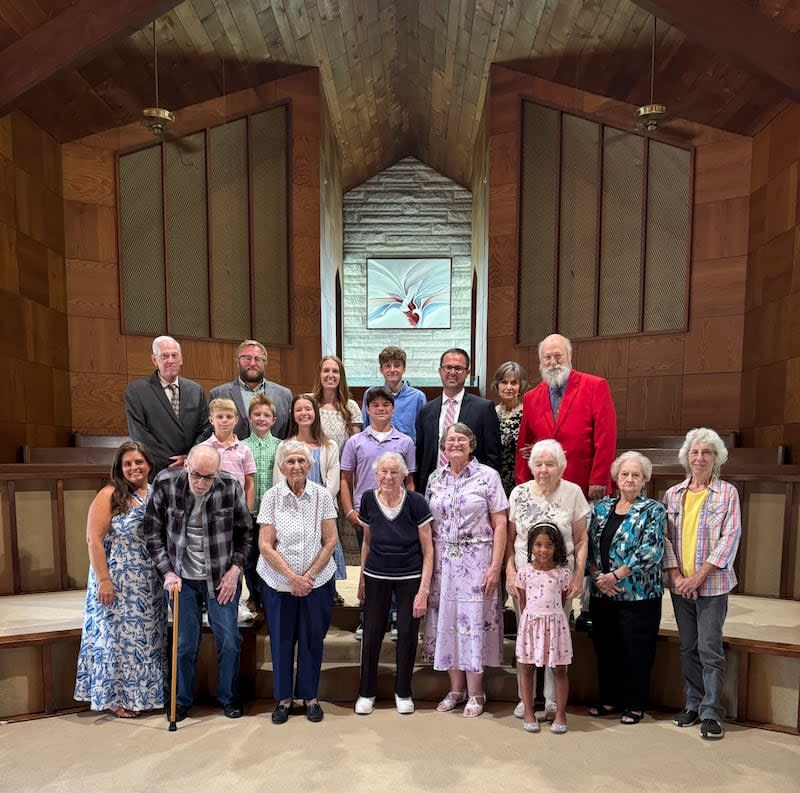
Ryan Burge is an associate professor of political science at Eastern Illinois University. He is the author or co-author of four books, including “The Nones,” “20 Myths about Religion and Politics in America” and “The Great Dechurching.” He has written for The New York Times, The Wall Street Journal and Politico, and has appeared on “60 Minutes,” where Anderson Cooper called him “one of the leading data analysts of religion and politics in the United States.” He was the pastor of an American Baptist Church in Illinois for more than 17 years.

